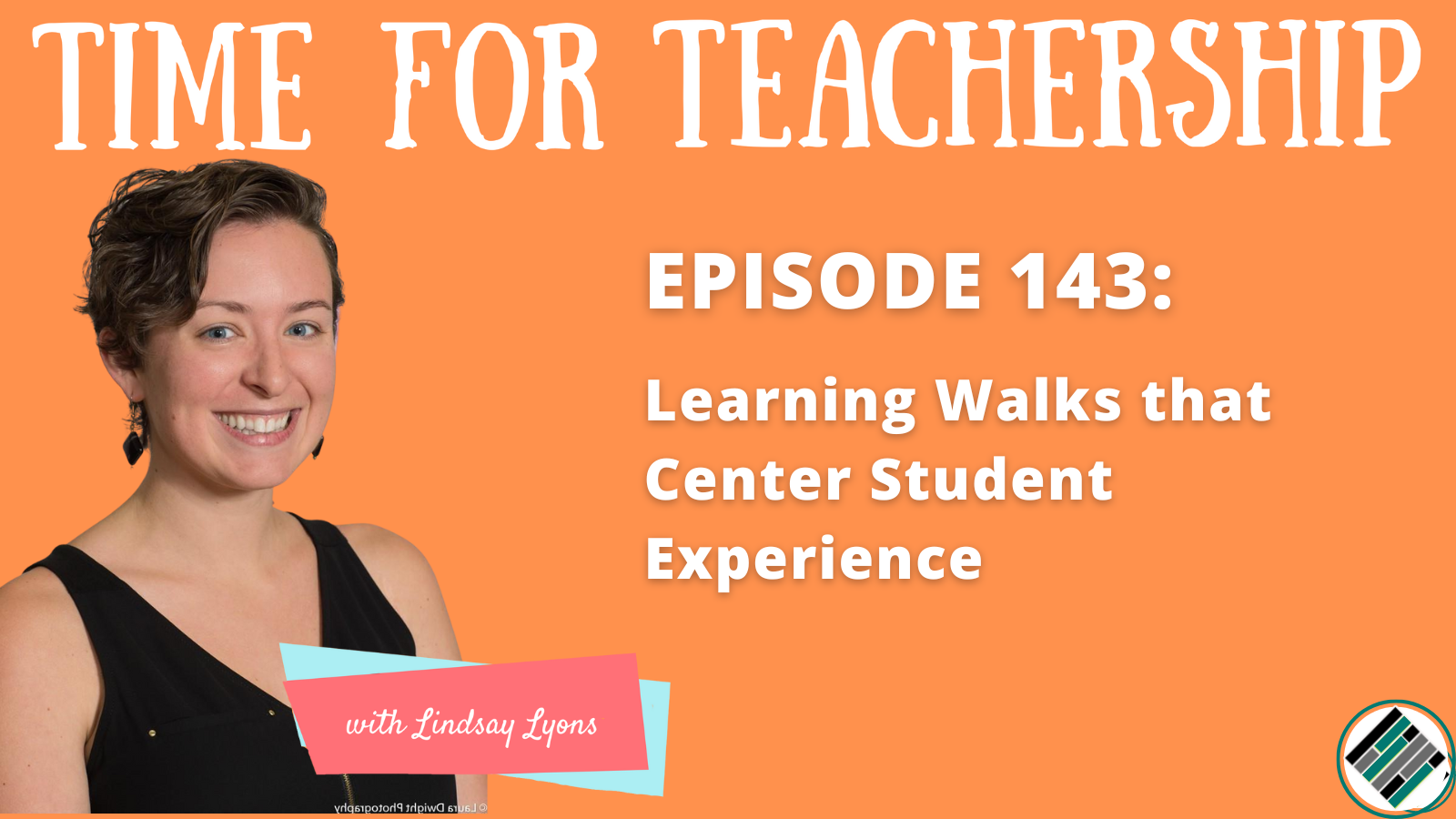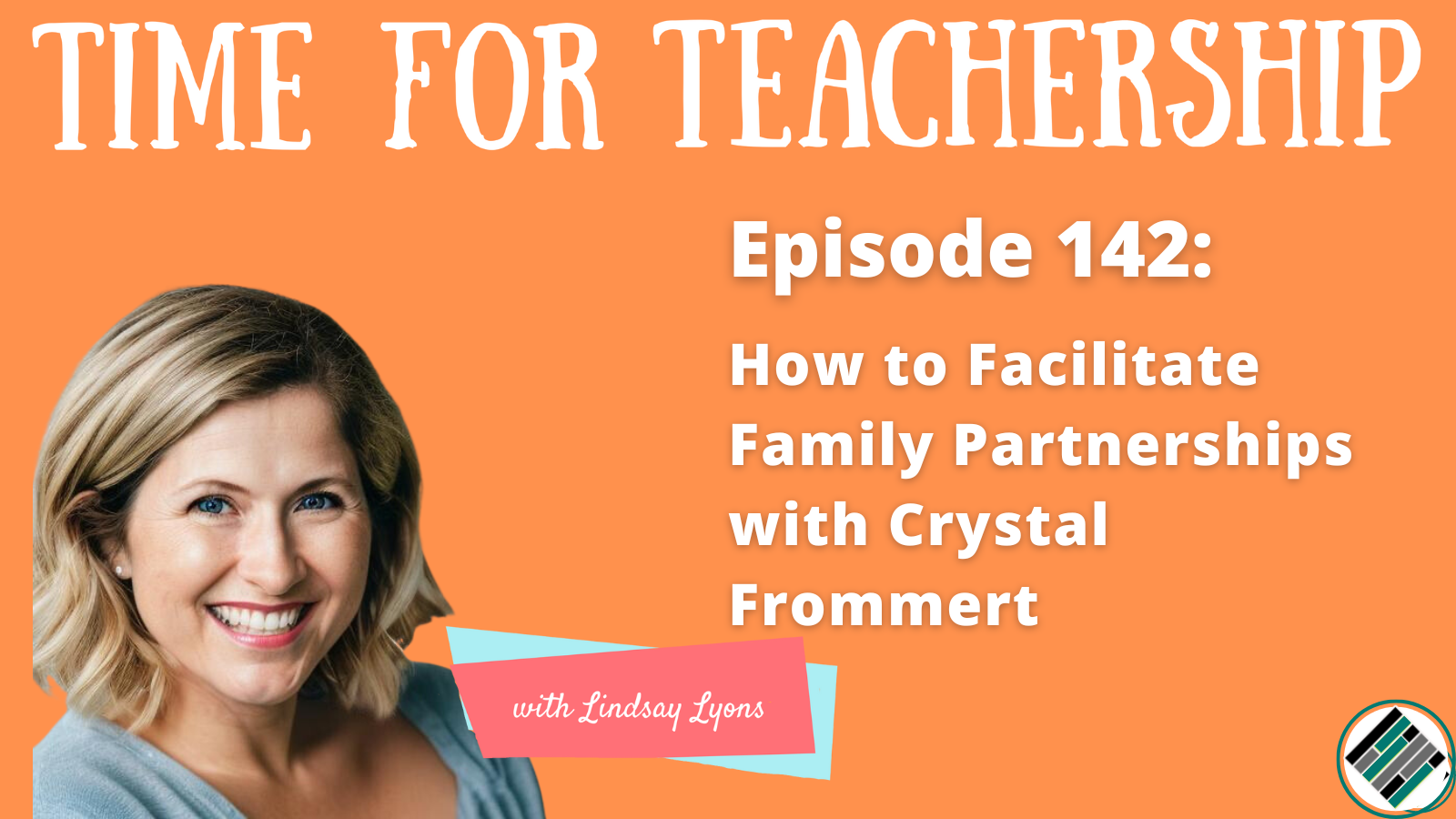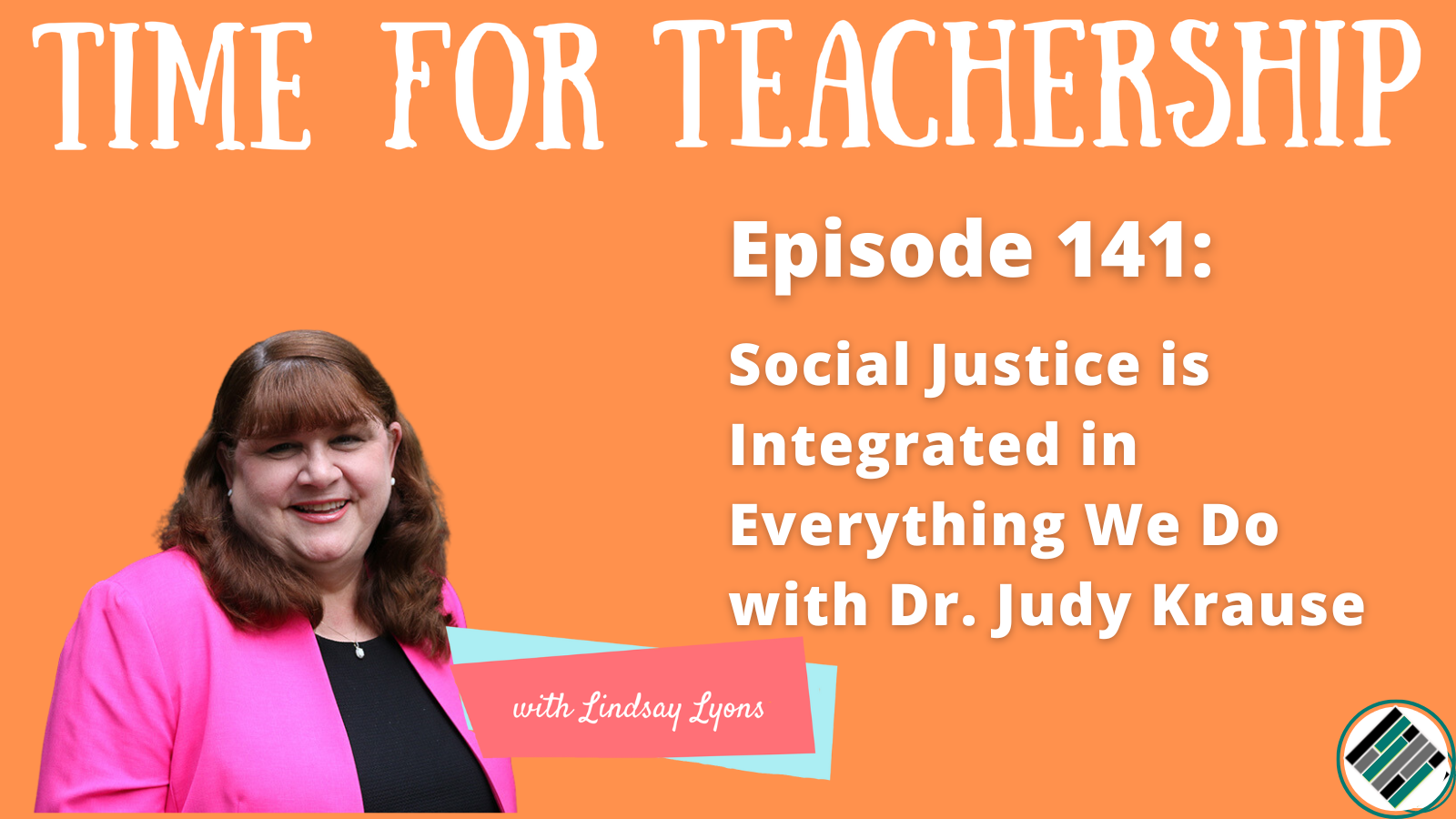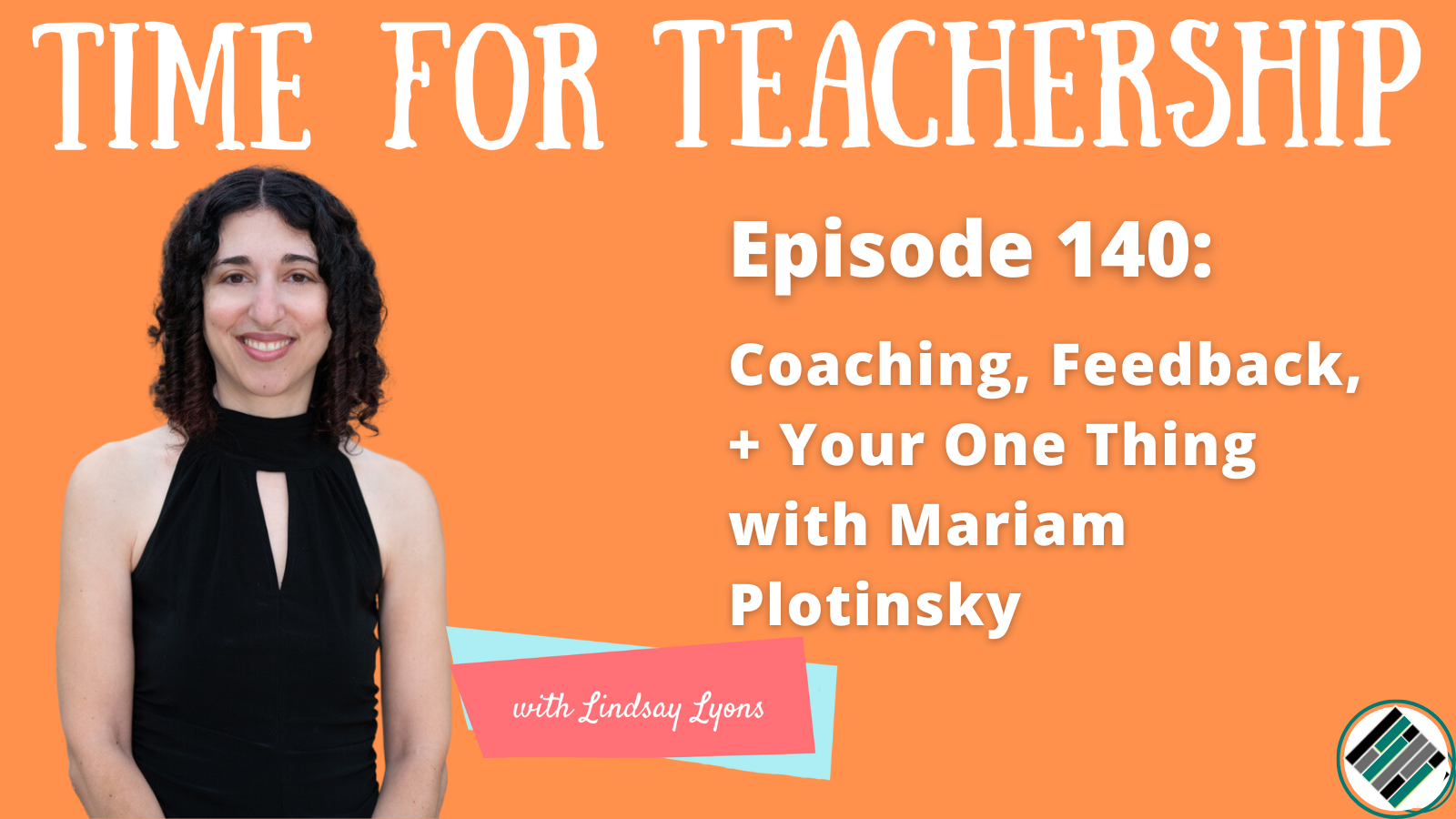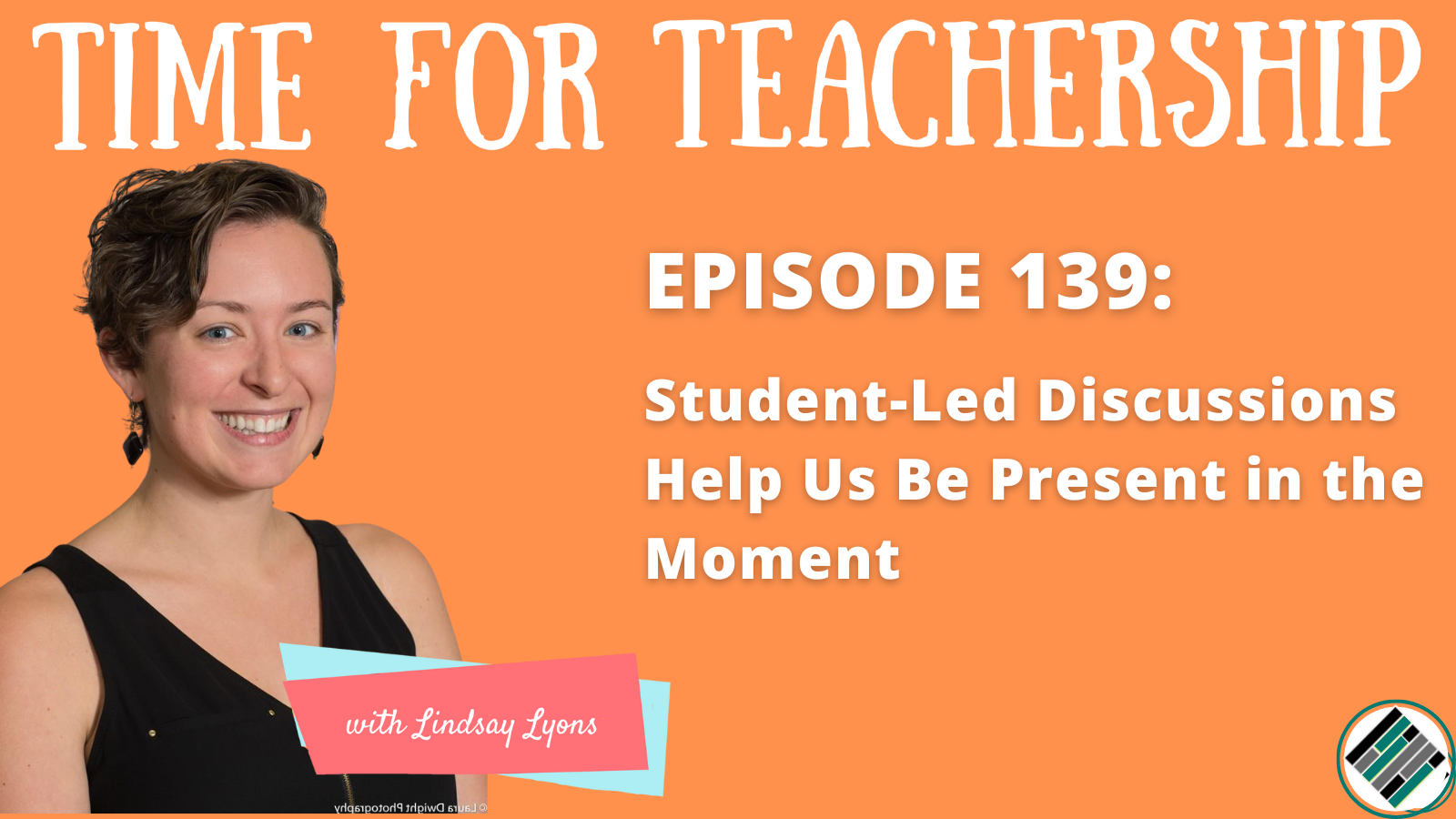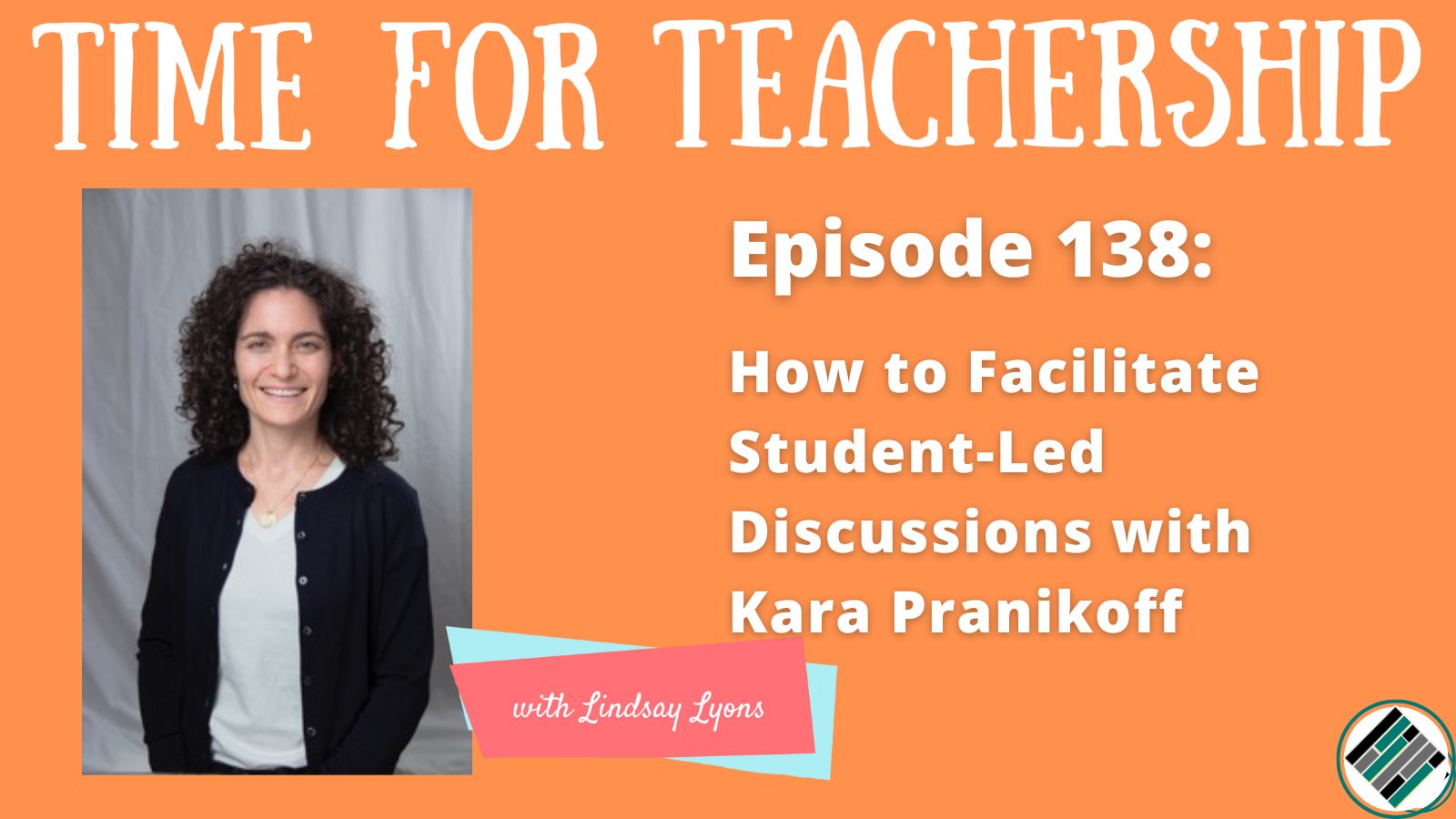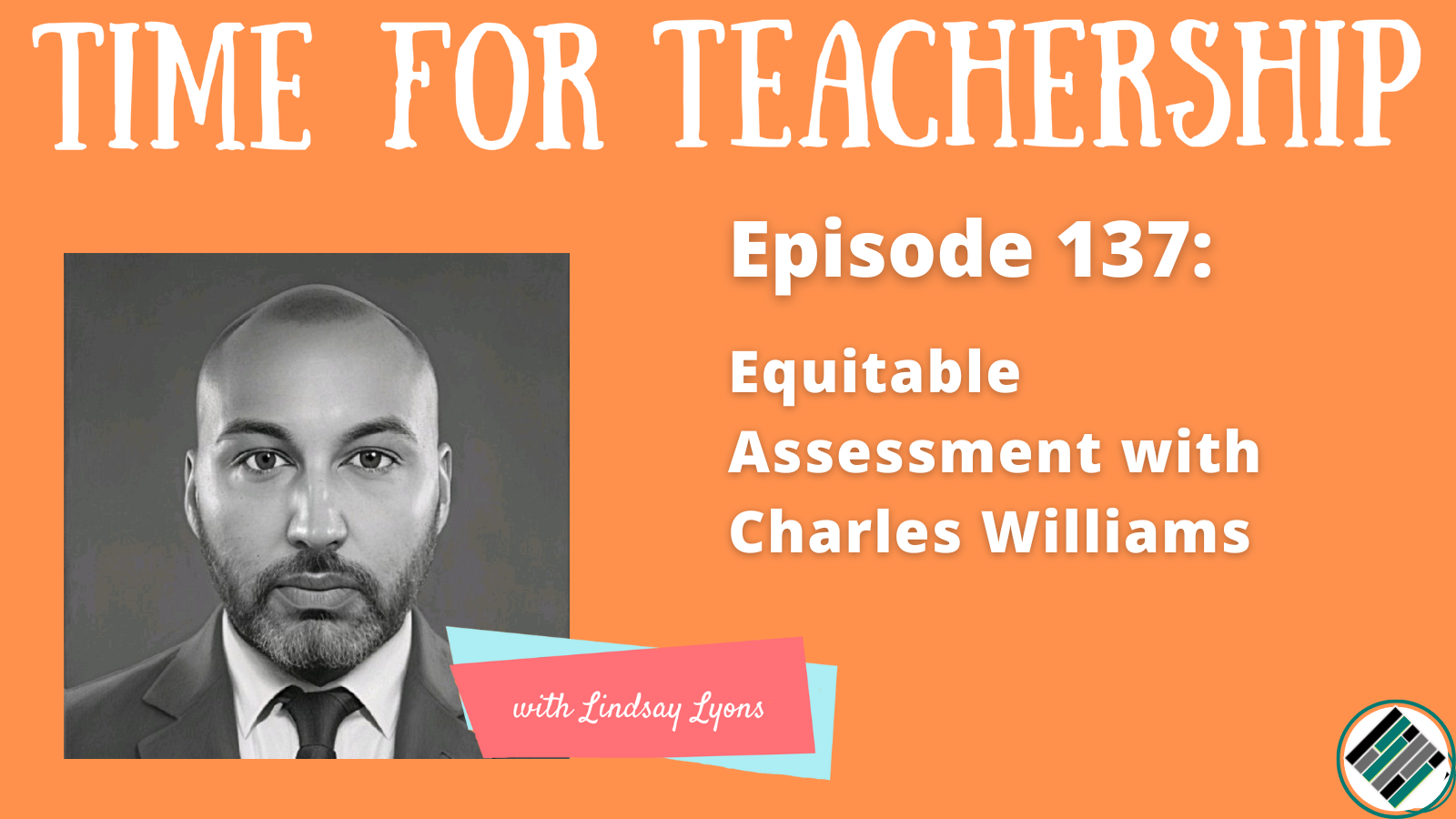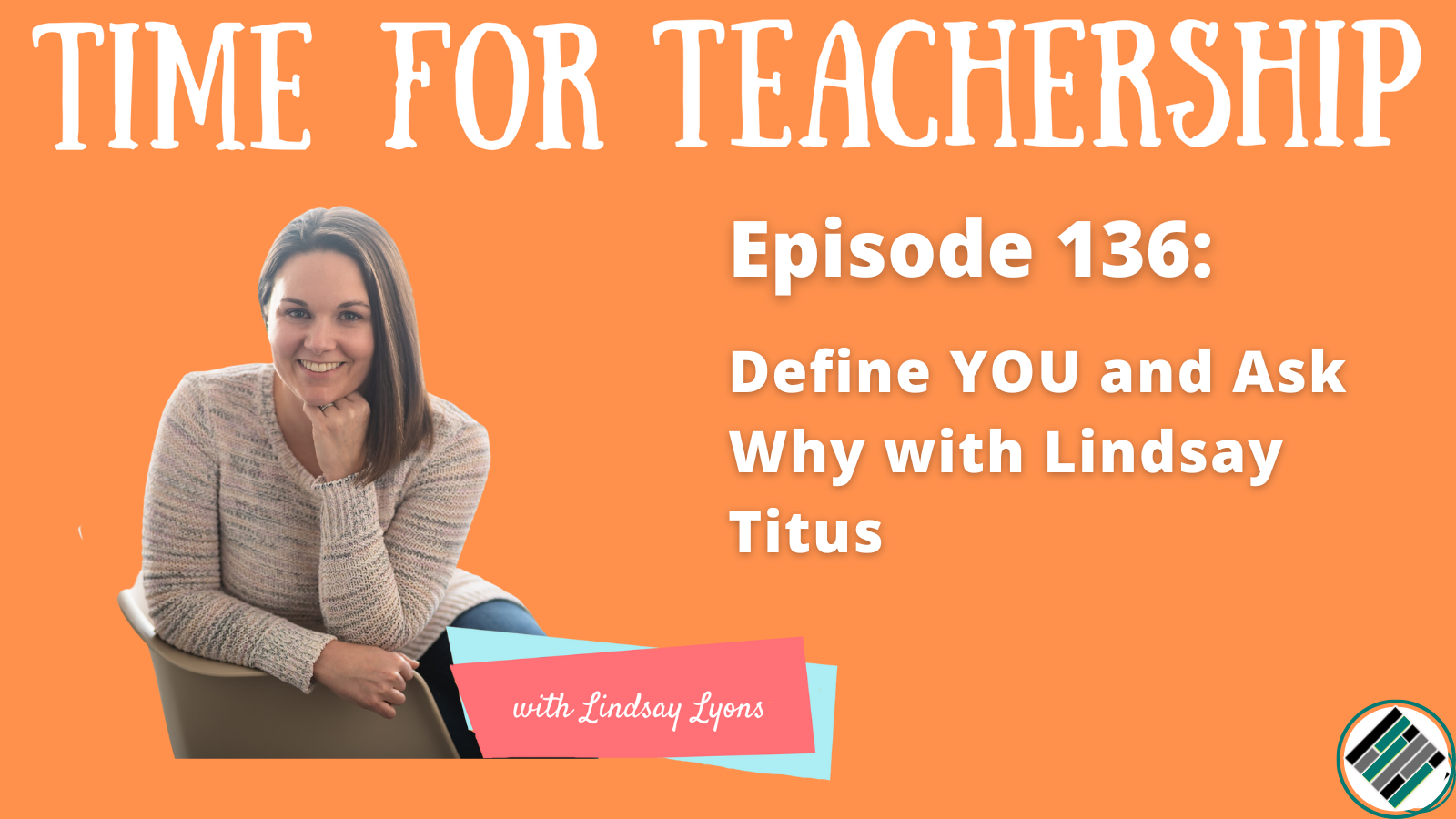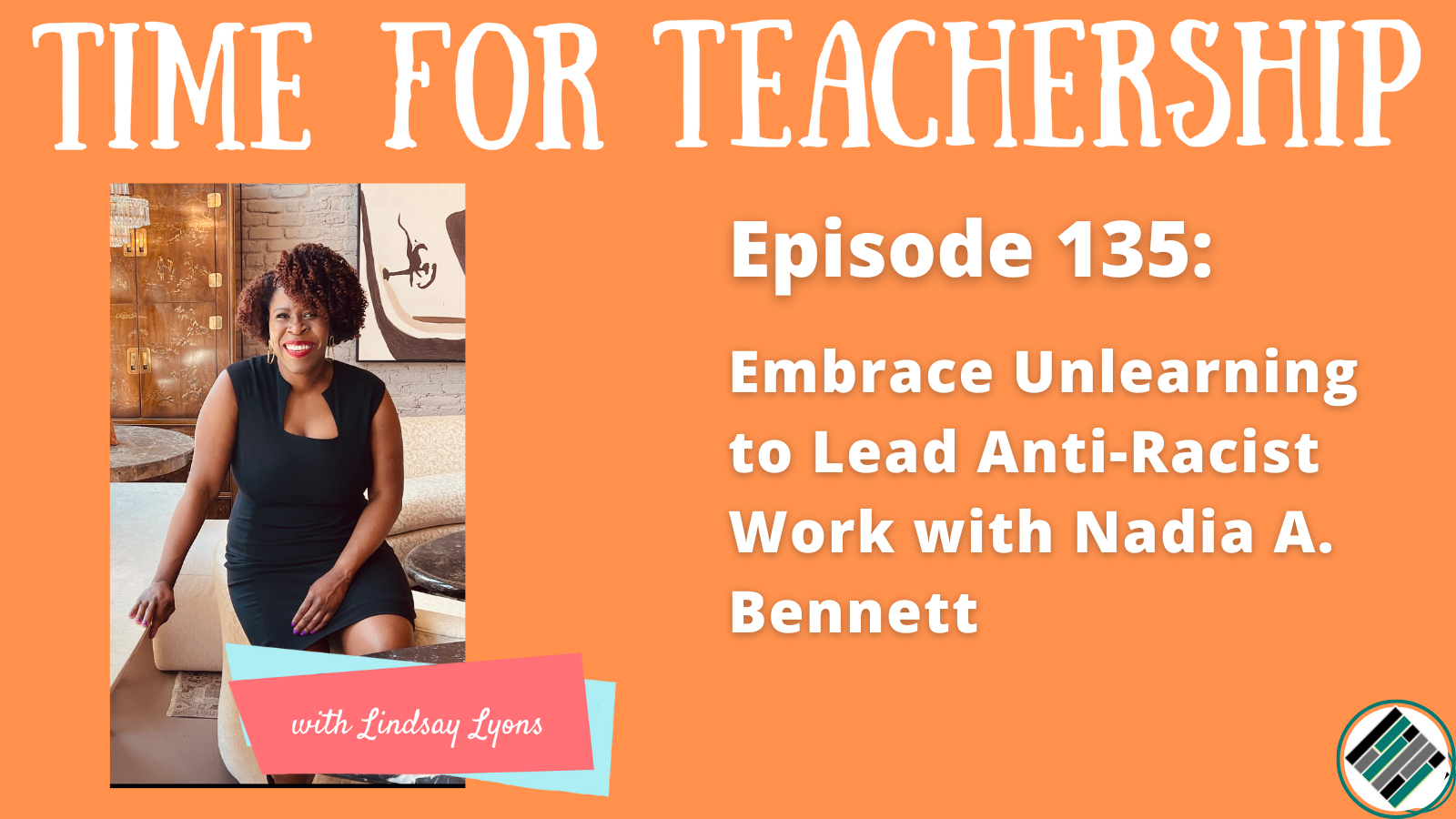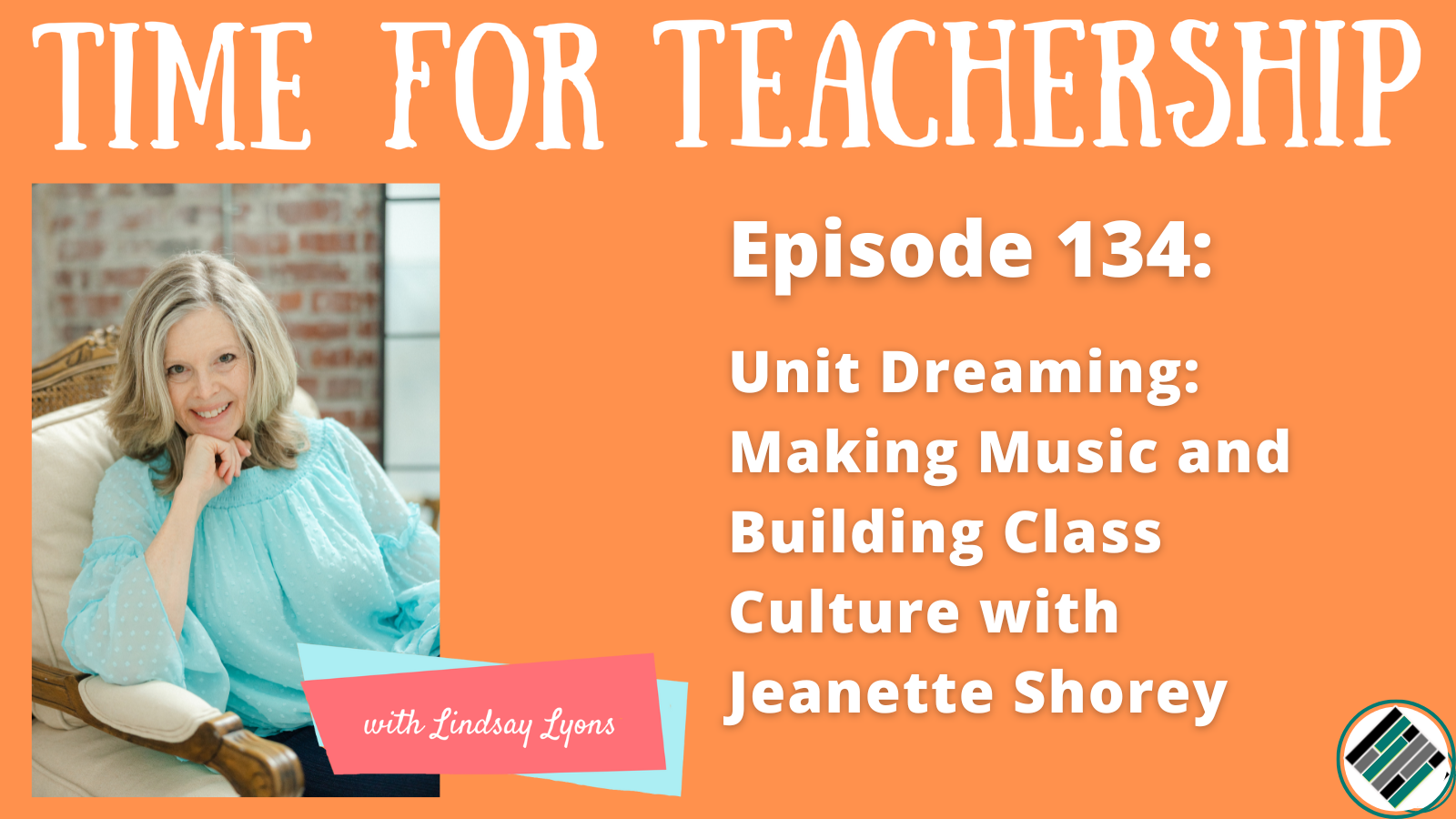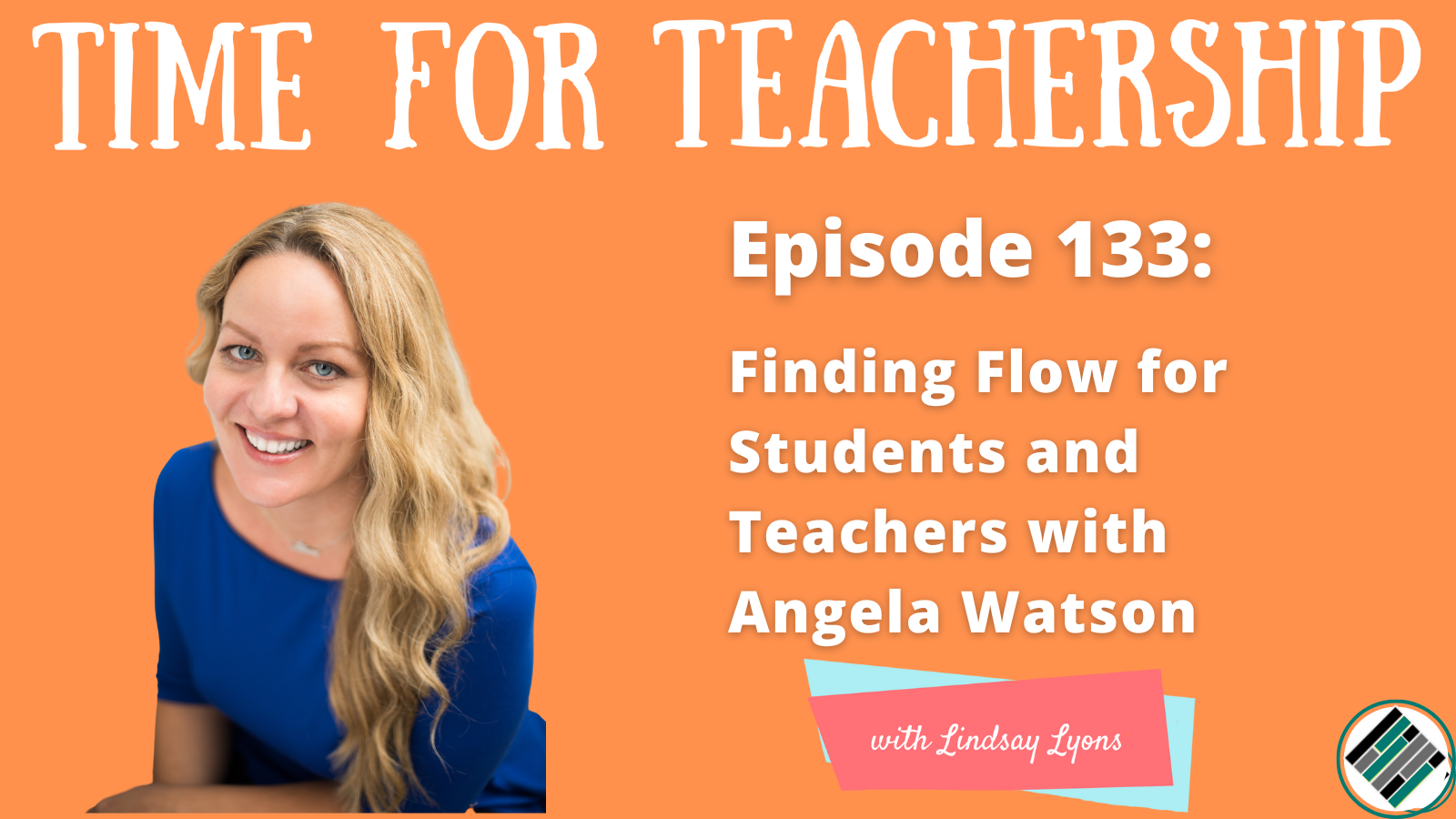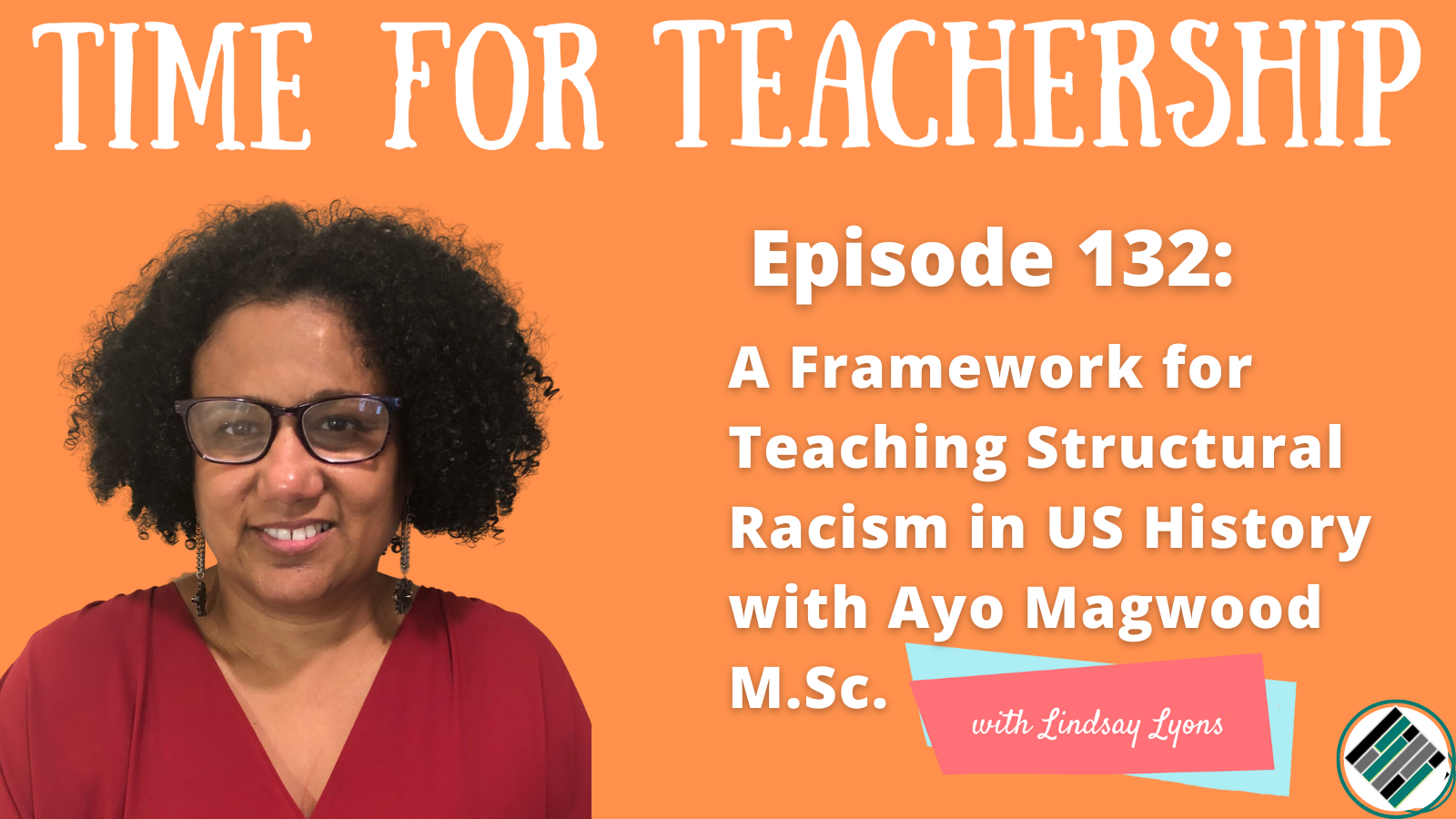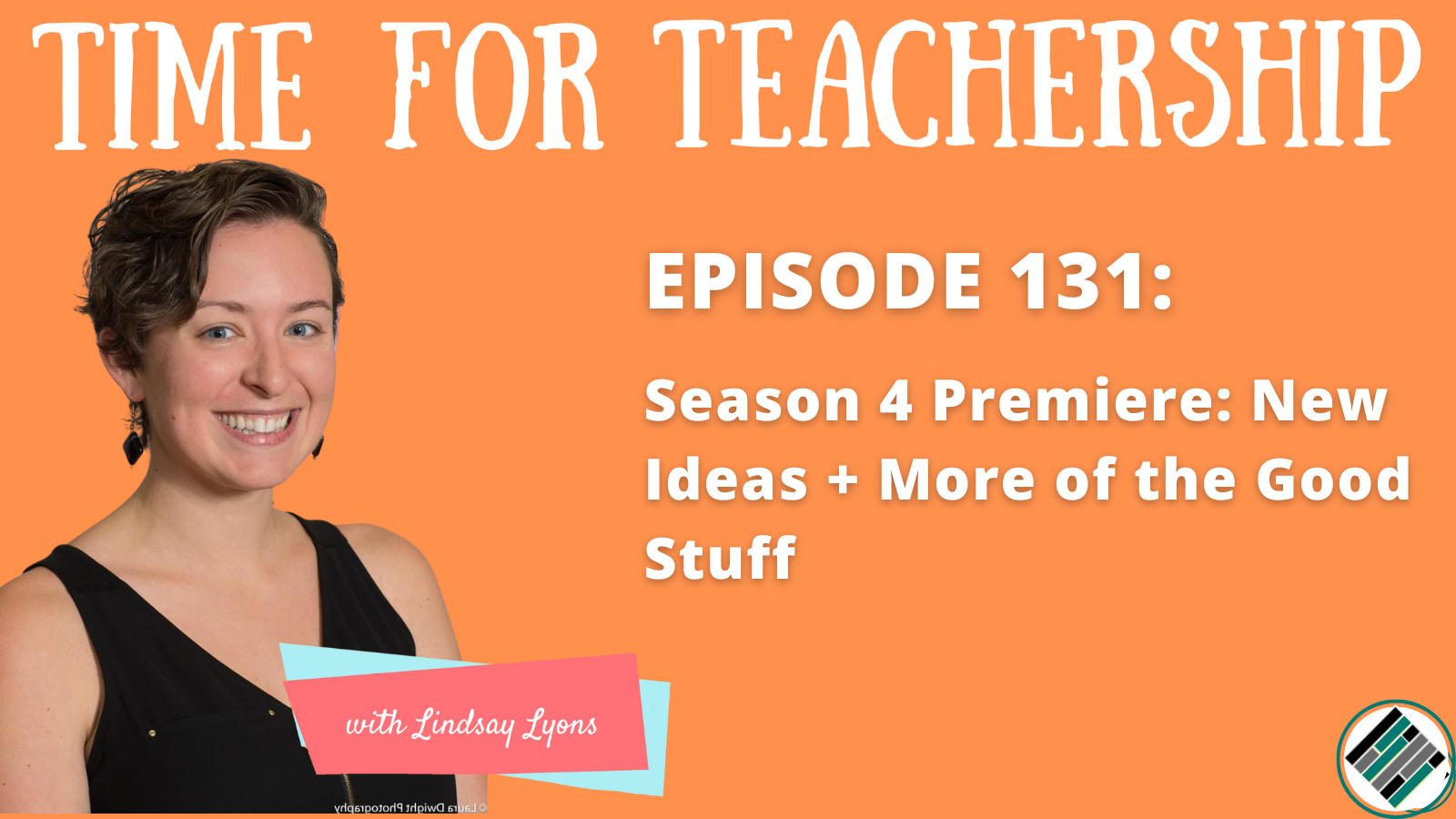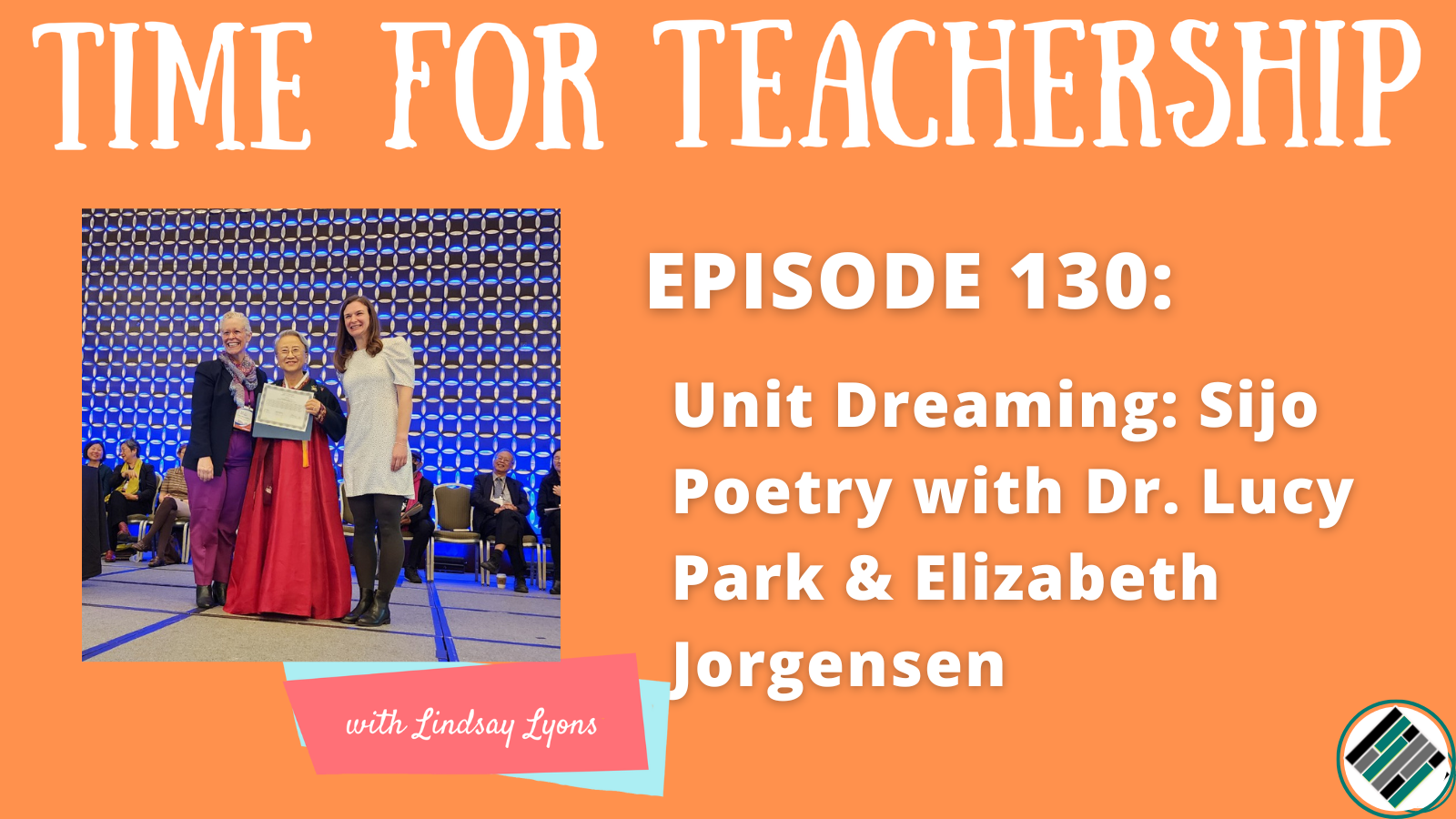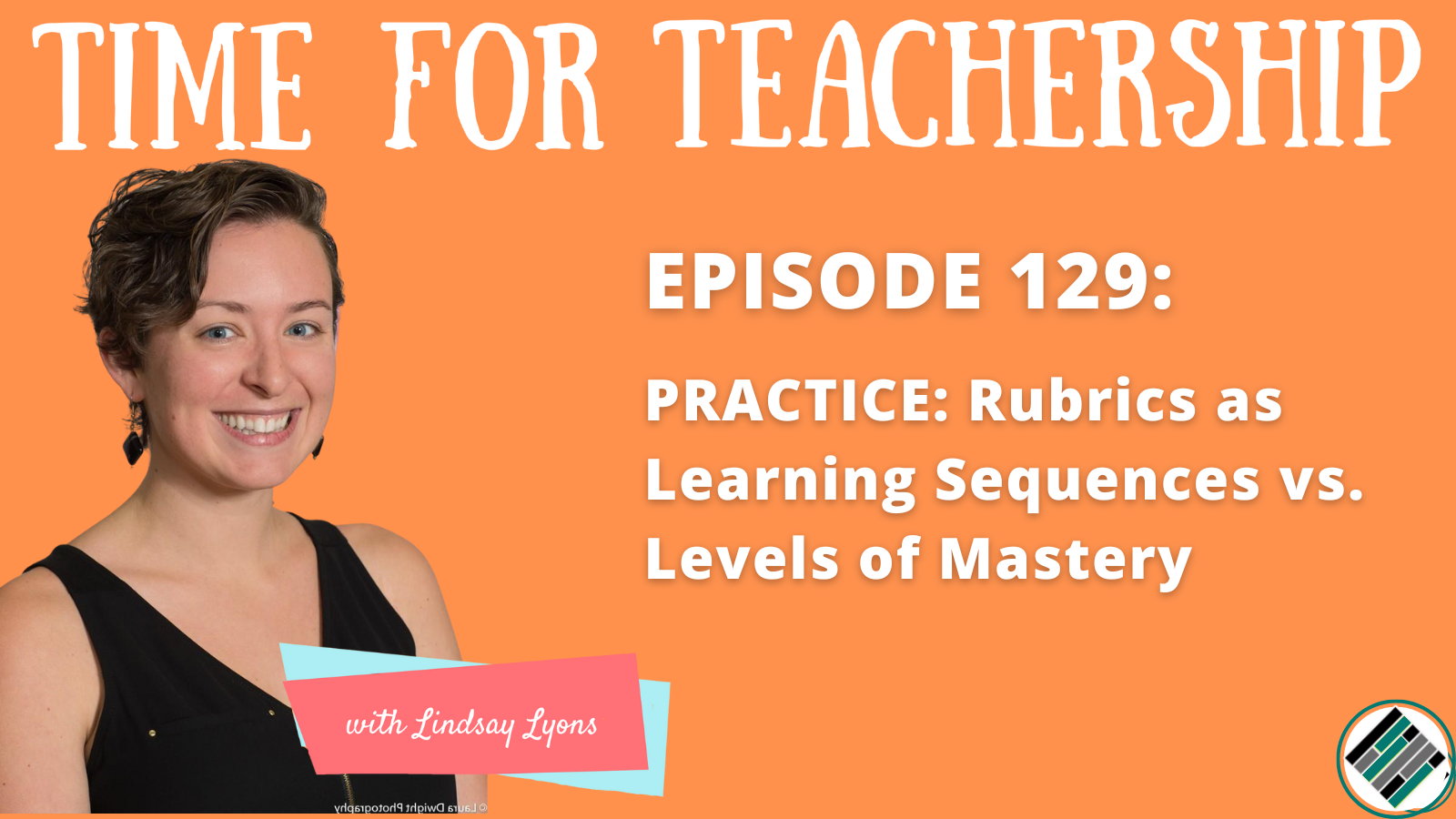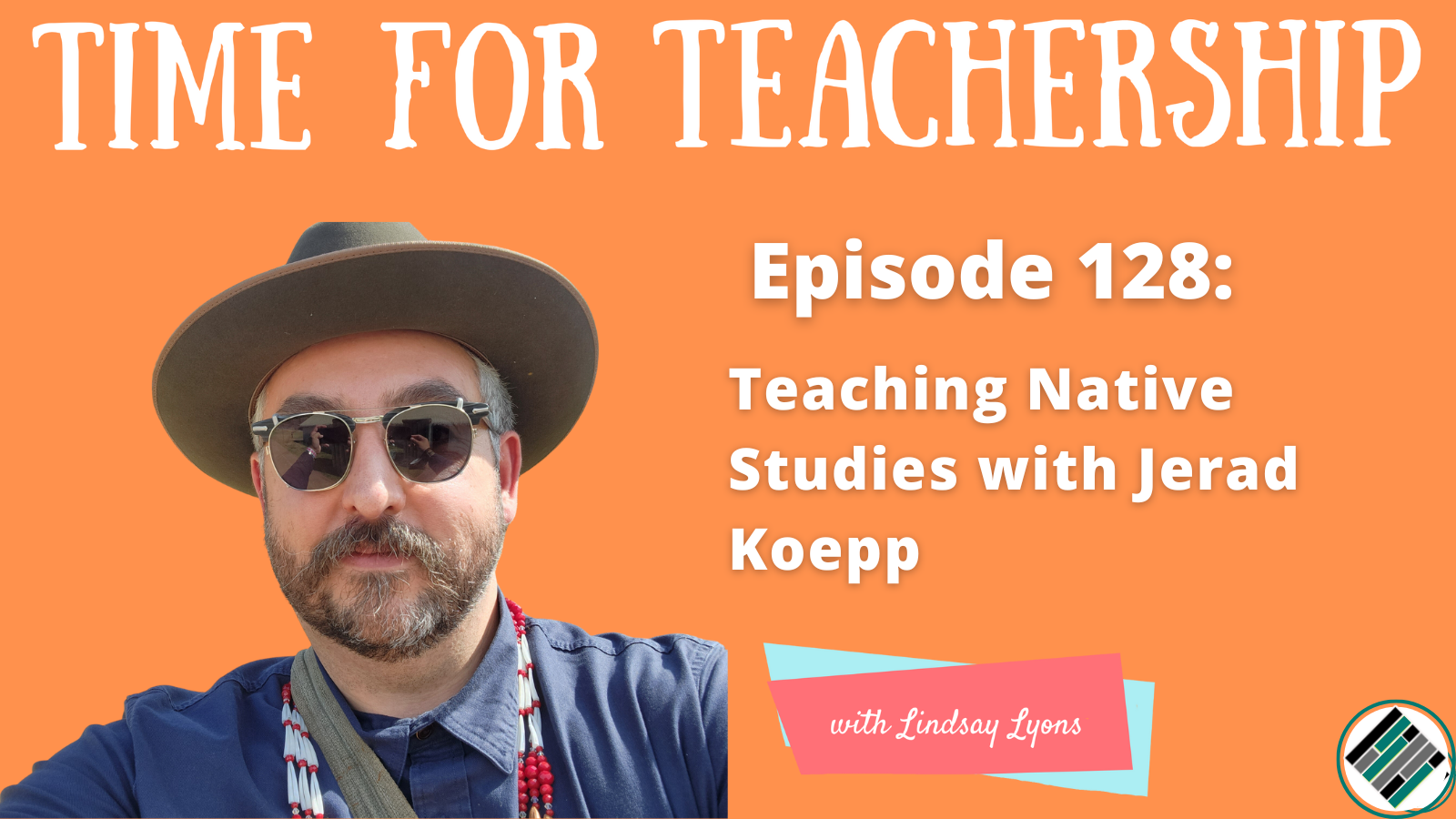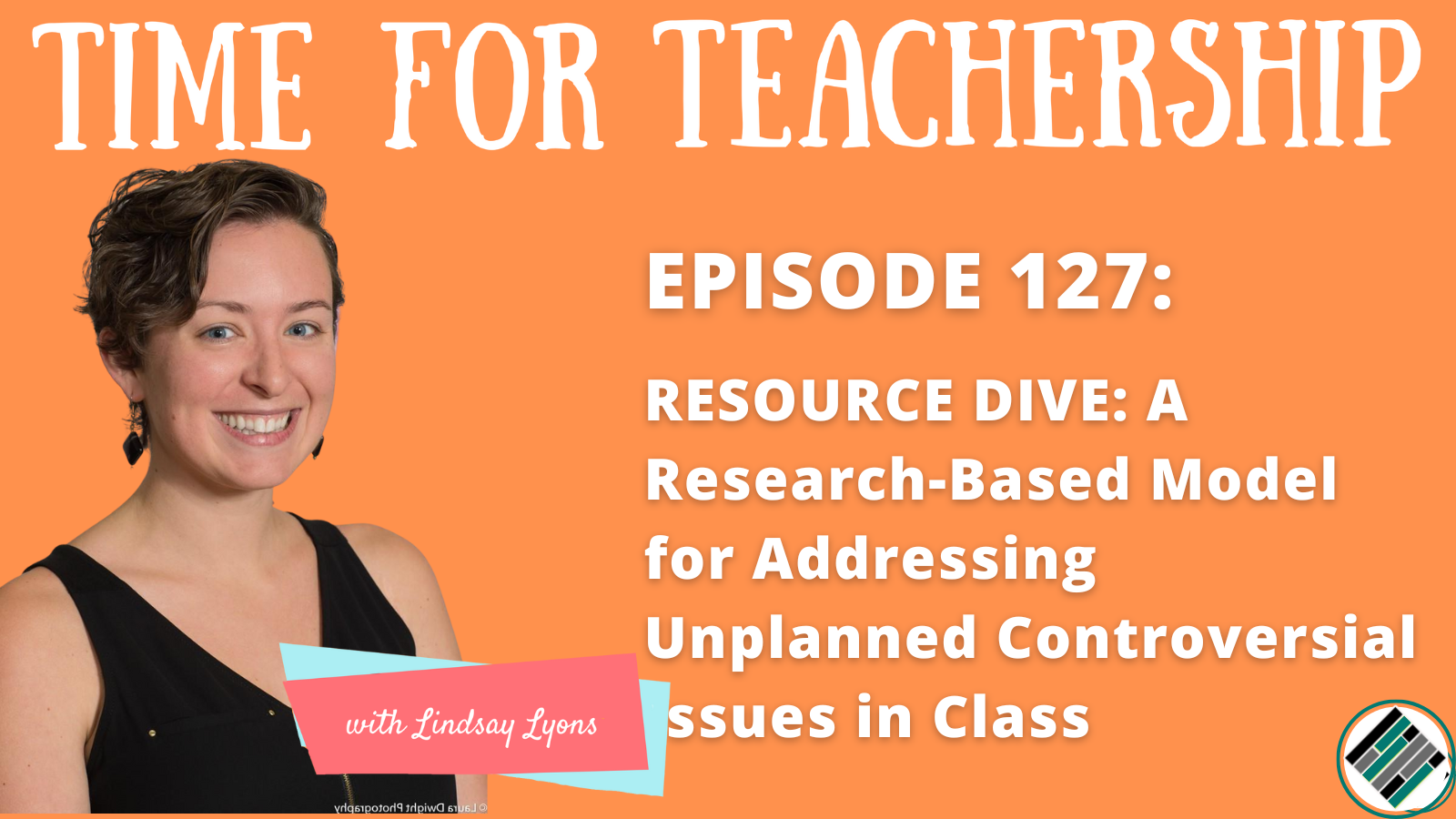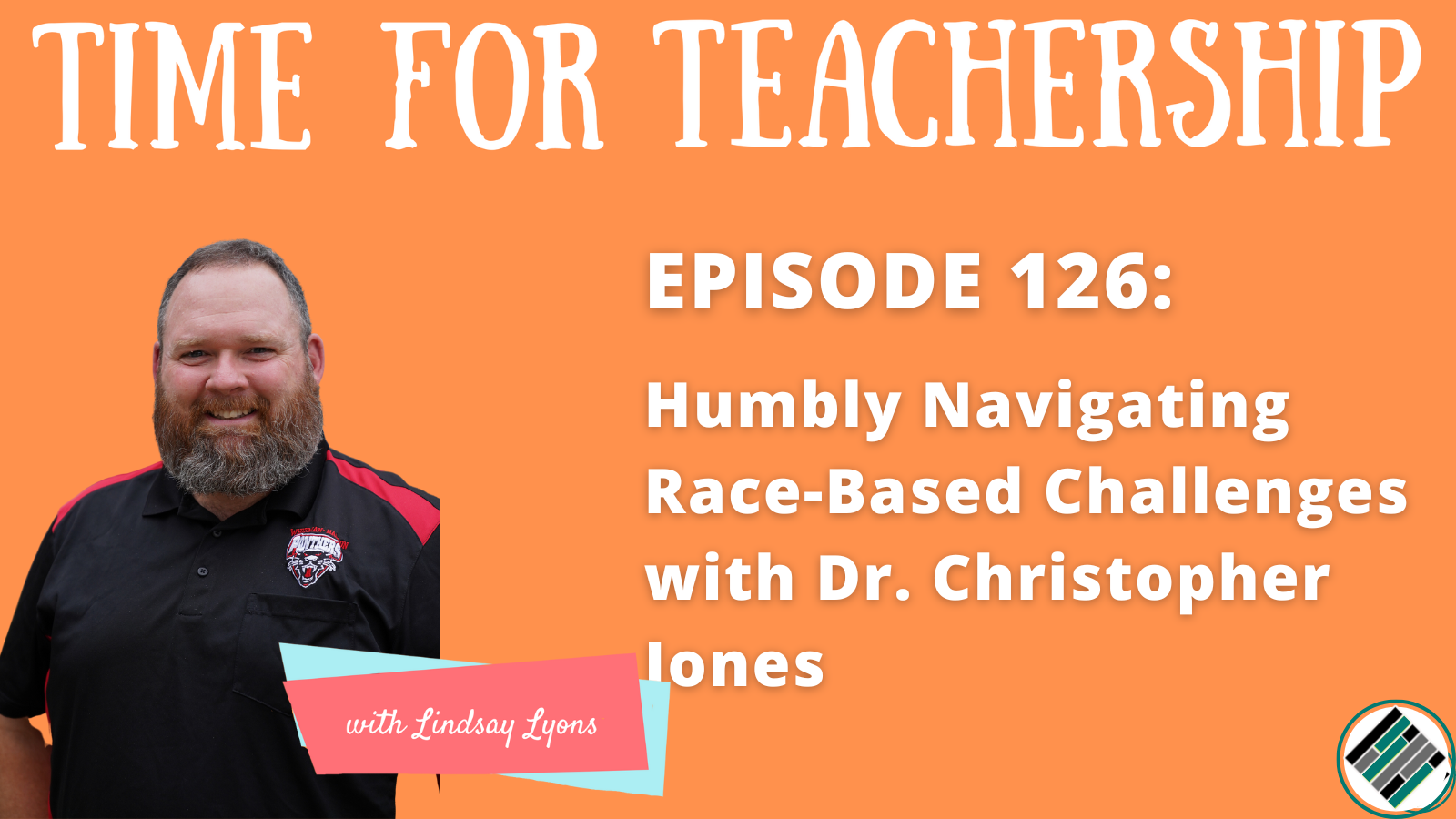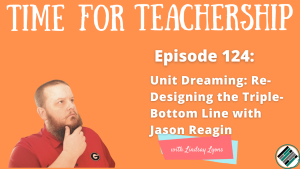
Jason Reagin is the Middle Years Program Coordinator at the Western Academy of Beijing. His teaching background is in ‘Design’ education. In this episode, we apply a step-by-step unit planning protocol to dream up a new Design unit!
Unit Planning Step 1: Context/Spark
The school and Jason wants to do more with curricula that connects with environmental and organizational sustainability and advances Diversity, Equity, Inclusion, and Social Justice.
Unit Planning Step 2: Pursuits (from Dr. Muhammad’s HILL Model)
Identity: How will our unit help students to learn something about themselves and/or about others?
Jason wants students to explore different innovation approaches beyond the innovators who are typically studied (i.e., White guys from western contexts from the Industrial Revolution to today).
One way he’s historically done this in class is to trace where a candy bar came from. Students learn 90% of the contributions to get the candy bar in their hands were not from western nations.
Criticality: How will our unit engage students’ thinking about power and equity and the disruption of oppression?
Jason wants students to explore multiple entry points in design conversations. He shared an example of the colors red and green used on a Chinese website being used as having opposite meanings from what Americans typically associate with those colors.
Joy*: How will my unit enable, amplify, and spread joy?
*Joy is: beauty, aesthetics, truth, ease, wonder, wellness, solutions to the problems of the world, personal fulfillment, art, music
Students should experience fulfillment in everything we do. It can be hands-on learning, doing something that’s currently relevant to students.
Unit Planning Step 3: Driving Question
How can I design this package so it meets our triple bottom line rubric?
(Students can co-create the name of their triple bottom line that encompasses identity, criticality, and joy!)
Unit Planning Step 4: Summative Project (Publishing Opportunity and Possible Formats)
Students co-create a “triple bottom line” rubric and name it. Then, design packaging for a product. Ask the target audience to evaluate the design.
Format Options:
- Design a package for a product (including attention to the pattern; information such as sustainability metrics, sourcing, ink origins, labor conditions), impact on the water table; consider colors, texture, and gendered connotations)
- Make a product for the school or a club
- Design a package that could be reused for a different purpose
- On the INSIDE of a package – gives the story of where the product came from and what it cost people
- Could also: Design a website where a product is sold from
Unit Planning Step 5: Unit Arc
Hook: Disassemble and explore packaging of different products. Invite students to bring in a package of their own.
Build the Base: Traditional triple bottom line concept, then design their own class rubric
Case Studies:
- Geographies
- Companies
- Various points of view
- Identity lens
- Critality lens
- Joy lens
Project Work Time/Feedback:
- Students discuss and offer feedback: How does this help “x” identity (e.g., a person with tactile sensitivities, someone who is neurodiverse)
- Students can survey people in the target audience to determine whether the product sparks joy (and other pieces of the rubric)
Stay Connected
You can find Jason on Twitter. (Also, listen to his podcast, Design Cast!)
To help you create your own justice-centered unit, I’m sharing my Curriculum Planner with you for free. And, if you’re looking for more details on the ideas in this blog post, listen to episode 124 of the Time for Teachership podcast. If you’re unable to listen or you prefer to read the full episode, you can find the transcript here.
Quotes:
- “We actually do a project where…students pick one of the [school’s] clubs that they want to make a product for. So, they have to go and talk to them, and it’s much more open-ended.”
- “Why don’t we replace the triple-bottom line aspects…with things like identity, sustainability…and therefore it creates the discussion, the dialogue, the discourse that happens prior to [the project].”
- “Why not teach that in younger grades, so when they get to those higher, high school classes, they’re already thinking about this, right? How are we serving our community? How are we helping the school be more sustainable by doing this?”
- “I think having a person to…talk things out with is really, really helpful because in the past, I would have just stopped at making the package and having a really basic, low-level objective…it has to give this information on it, and it has to fit together, and it would be very logistical and very technical…I like the idea of having a very different dimension.”

